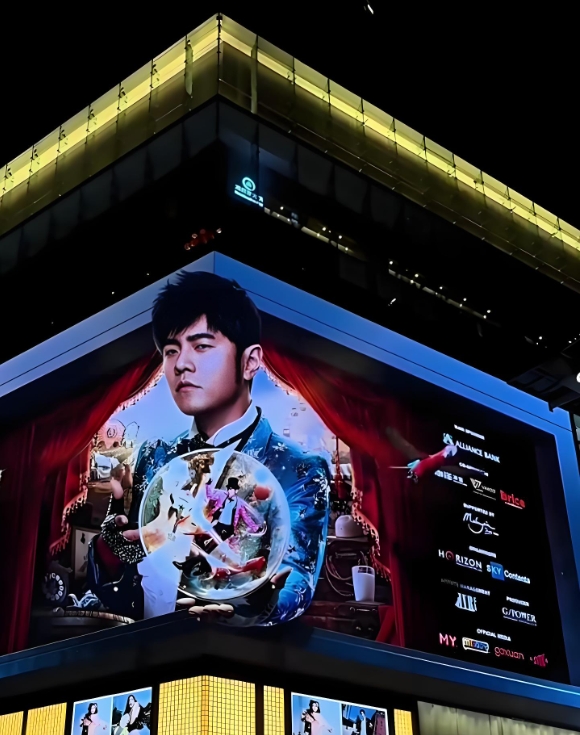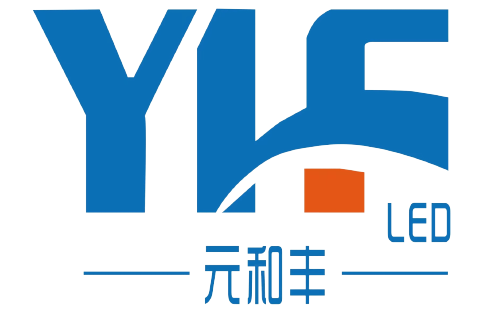The LED display industry is constantly evolving, driven by technological advancements and the demand for more efficient, vibrant, and durable display solutions. As we move through 2024, LED displays continue to make a significant impact across various sectors, from retail and entertainment to education and corporate settings. In this article, we’ll explore the key players in the LED display market, highlighting their innovations, addressing industry challenges, and showcasing the advantages and design features that set them apart.

Key Selling Points of LED Displays
High-Resolution and Brightness: LED displays are known for their exceptional resolution, brightness, and color accuracy, making them ideal for both indoor and outdoor use. With advancements in pixel density and dynamic range, LED screens offer stunning visual quality, making them a preferred choice for high-impact advertising and content presentation.
Energy Efficiency: Modern LED displays consume less power than traditional display technologies like LCD and plasma, contributing to reduced energy costs over time. This energy efficiency makes LED screens an environmentally-friendly choice for long-term installations.
Durability and Longevity: LED technology is built to last. These displays are designed to endure harsh environmental conditions, offering resistance to water, dust, and high temperatures. They are perfect for both outdoor and indoor installations, with a lifespan that often exceeds 50,000 hours, reducing the need for frequent replacements.
Thin and Lightweight Design: One of the standout features of modern LED displays is their slim, lightweight form factor. With advancements in materials and design, these displays are increasingly portable and adaptable, making them suitable for a wide range of applications, from retail windows to large-scale billboards.
Customization and Flexibility: LED displays can be customized to fit specific needs, whether it's a particular shape, size, or resolution. The flexibility of modular LED systems allows businesses to create displays of any scale, from small screens to massive digital walls, offering unrivaled creative possibilities.
Addressing Industry Pain Points with LED Displays
Visibility in Bright Environments: One of the biggest challenges for traditional display technologies is visibility under bright lights or in direct sunlight. However, LED displays excel in these conditions due to their high brightness levels and enhanced contrast, ensuring clear, readable images in all environments.
High Maintenance and Costs: Early LED screens required regular maintenance and were expensive to repair. But with ongoing improvements, modern LED displays now require minimal maintenance and are more cost-effective over their lifespan. Manufacturers are also offering improved warranties and customer service to reduce operational downtime.
Complex Installations: Installing large-scale LED systems can be complex and require specialized skills. Many LED manufacturers now offer comprehensive installation services, as well as user-friendly mounting and management tools that simplify the process for businesses.
Applications of LED Displays
Retail: In retail, LED displays have revolutionized advertising and customer engagement. Digital signage solutions, powered by LED technology, allow brands to showcase dynamic content in high traffic areas, driving customer attention and boosting sales.
Entertainment and Events: LED screens are integral to live events, concerts, and sports arenas, where high-definition visuals and large screens are needed to captivate large audiences. These displays allow for vibrant, dynamic visuals, enhancing the overall event experience.
Corporate and Education: In corporate offices and educational institutions, LED displays are widely used for presentations, digital signage, and interactive boards. The crisp, clear visuals and intuitive functionality improve communication and collaboration, fostering a more engaging environment.
Transportation: Airports, bus stations, and train terminals use LED displays for real-time information, flight schedules, and wayfinding systems. The clarity and brightness of LED screens ensure that travelers can access important information easily, even in busy or poorly lit areas.
Advertising and Billboards: The outdoor advertising industry has embraced LED displays due to their ability to display vibrant advertisements in a variety of environments. These displays offer high contrast, sharp images, and are capable of handling dynamic, real-time content, making them a popular choice for digital billboards.
Advantages of LED Displays
Cost-Effective Long-Term Investment: While the initial investment in LED displays may be higher compared to traditional displays, their durability, energy efficiency, and long lifespan make them a cost-effective option in the long run. Businesses can save significantly on energy bills and maintenance costs.
Superior Picture Quality: LED displays deliver exceptional color accuracy and resolution, making them ideal for high-quality visual experiences. Whether for advertising, presentations, or entertainment, LED screens ensure a visually captivating experience with rich colors and crisp details.
Scalability and Flexibility: One of the most significant advantages of LED technology is its scalability. Modular LED systems can be scaled to fit virtually any space, whether it’s a small retail display or an enormous billboard. This flexibility allows businesses to create customized solutions that meet their specific needs.
Outdoor Capability: Many modern LED displays are designed to be weatherproof, with protective features such as IP65 ratings for outdoor installations. This durability ensures that the displays maintain their functionality and quality even in harsh environmental conditions.
Quick Installation and Maintenance: With modular components and simplified design, many LED displays can be easily installed and maintained. Manufacturers now offer plug-and-play systems that can be set up in a fraction of the time it took for previous generations of displays.
Design Features and Innovations of LED Displays
MicroLED Technology: MicroLED is one of the most exciting innovations in LED display technology. It uses tiny, self-emitting LEDs that provide better contrast, color, and brightness. This technology is already being used in large, ultra-high-definition displays, such as those found in luxury TVs and massive digital billboards.
Flexible and Curved Screens: With flexible LED panels, it is now possible to create curved or uniquely shaped displays. These flexible displays can be bent to fit a variety of design needs, enabling new applications for creative projects and architectural installations.
OLED Integration: OLED technology, which is a cousin of LED, allows for deeper blacks and higher contrast ratios, enhancing the visual appeal of LED screens. Some manufacturers are integrating OLED into their LED panels to offer even greater image quality and viewing experiences.
Smart Features: Many LED displays now come equipped with smart capabilities, such as touch interaction, remote monitoring, and cloud-based control. These features enhance the usability and functionality of LED screens, especially in commercial settings.
Value of LED Displays in the Market
LED displays offer a wealth of value across multiple sectors. Their ability to provide high-quality visuals, energy efficiency, and long-lasting performance makes them a smart investment for businesses looking to enhance their digital presence. Furthermore, the advancements in LED technology in 2024 mean that these displays are more versatile, customizable, and user-friendly than ever before.
As the demand for dynamic content continues to rise in advertising, entertainment, and public spaces, LED displays remain at the forefront of technological innovation, offering businesses a platform to engage and captivate their audiences. Whether for small-scale indoor displays or large-scale outdoor billboards, LED displays represent the future of digital signage, offering enhanced visual experiences, greater flexibility, and an overall superior product for a wide range of applications.
In conclusion, LED displays are set to remain an integral part of various industries in 2024 and beyond. With the combination of superior design, cutting-edge technology, and diverse applications, these displays continue to shape the way we experience and interact with visual content, making them a valuable investment for businesses looking to stay ahead of the curve.
